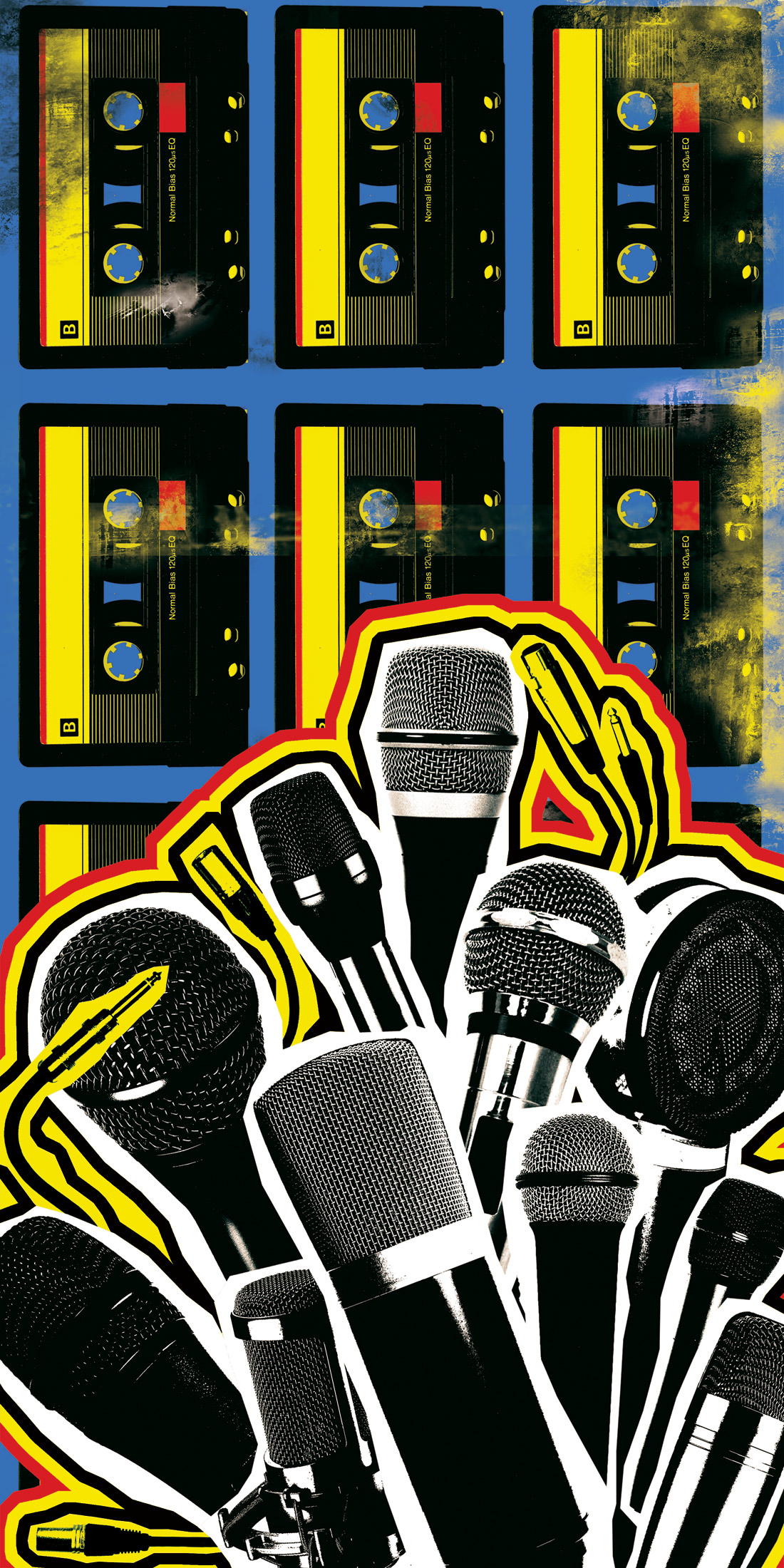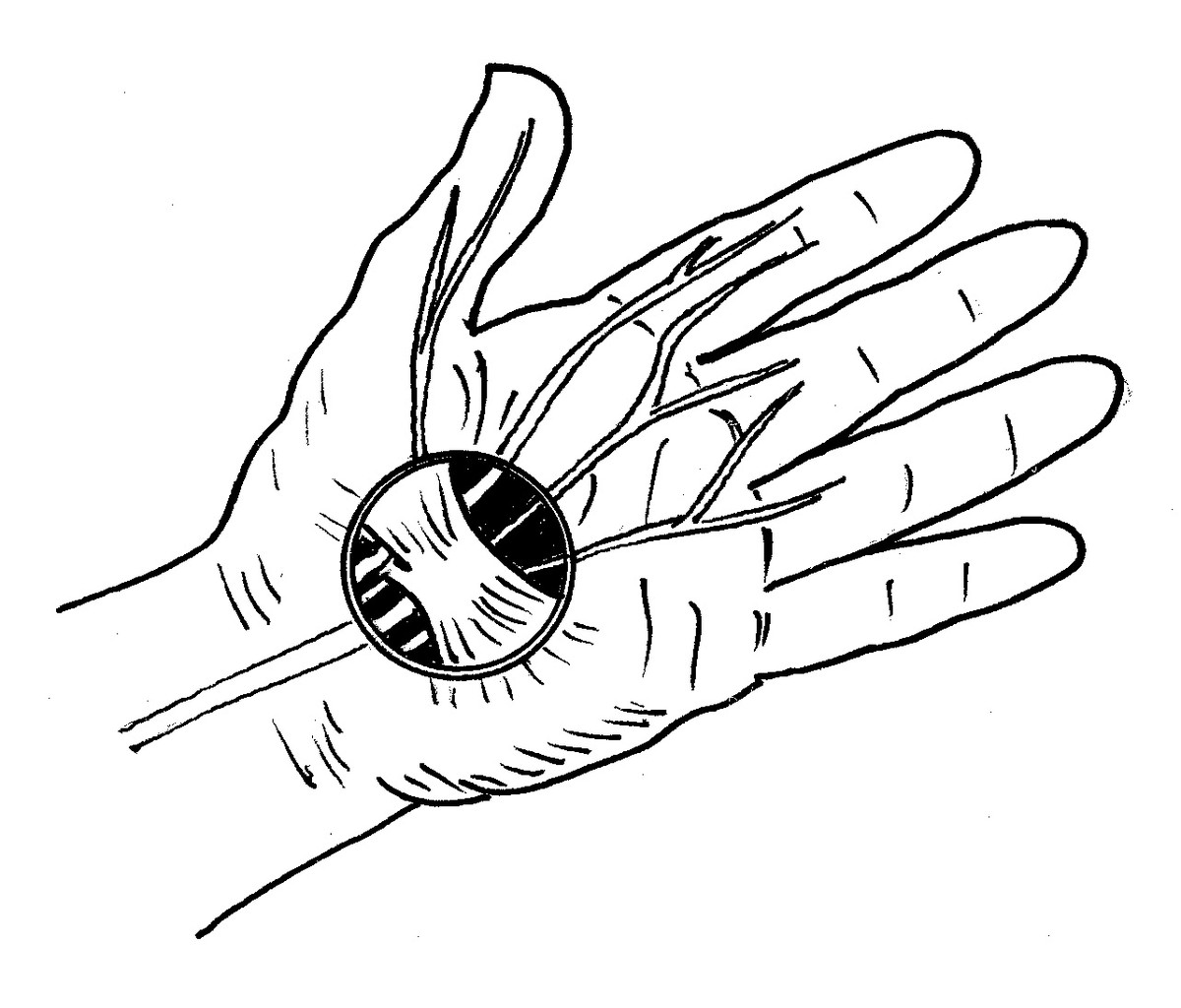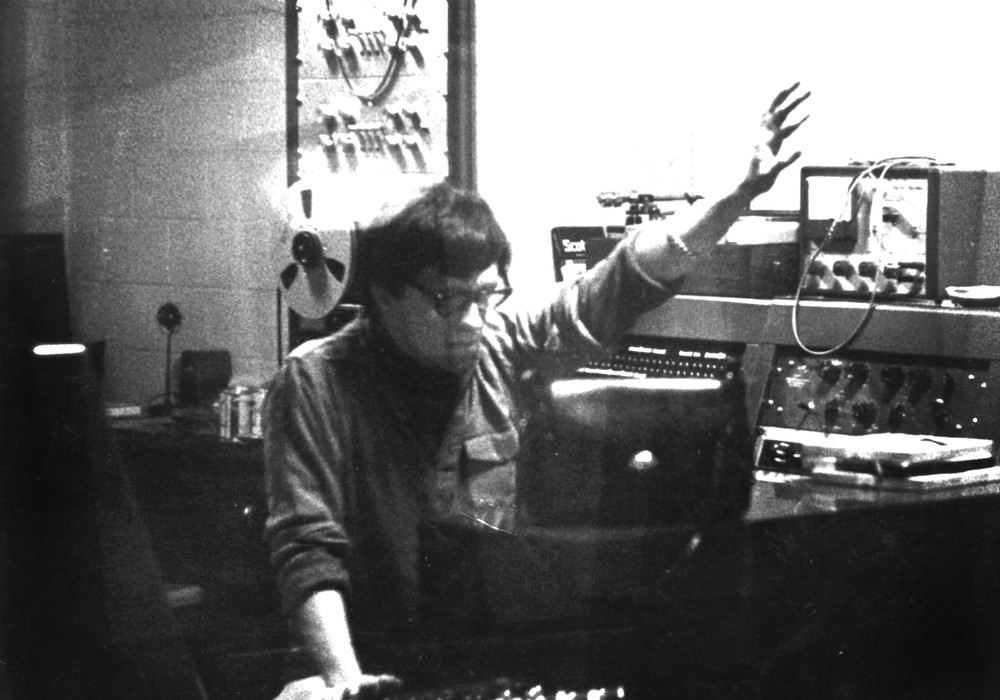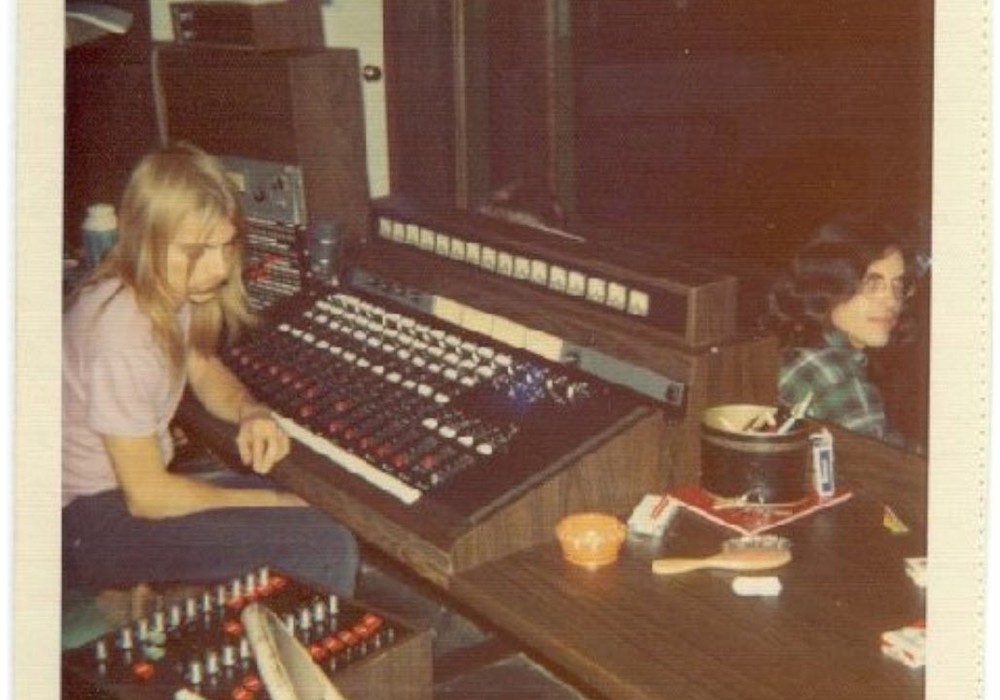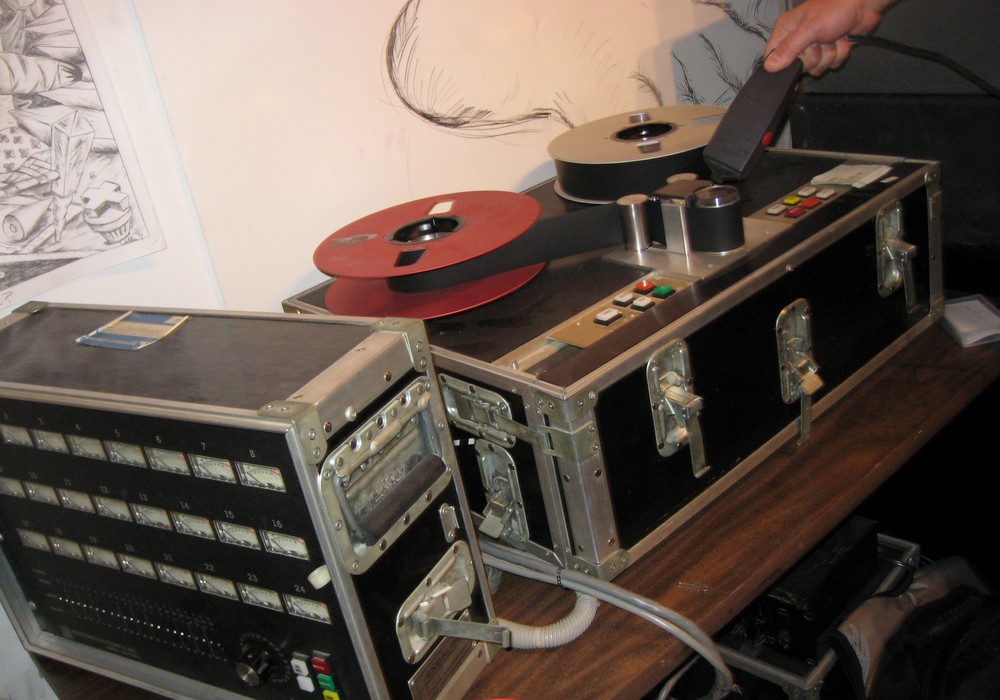For all of the benefits computers bring to the modern recording studio, wrist health isn't one of them. The repetitive motion typically required to operate music software using a mouse and keyboard — paired with often less-than-ergonomic workstations — makes engineers and producers prone to developing carpal tunnel syndrome (CTS). The resulting numbness and pain in the forearm and wrist can take a serious toll on productivity and health. But even if you're experiencing CTS now, it doesn't mean you're stuck with it forever. The sooner this common malady is diagnosed, the better the odds of successful treatment — and the greater the chances that you'll be able to keep doing the work you love, without pain. If you're free of CTS now, following a few simple guidelines can help stave it off down the road.
The Culprits
Carpal tunnel syndrome is a chronic irritation of the median nerve, one of the three major nerves to the hand. The median nerve extends down through the arm and passes through a narrow wrist space known as the carpal tunnel. It supplies nerves to the hand, thumb and fingers (except the pinkie). Swelling of the walls of this tunnel (the wrist bones and the transverse ligament) or its contents (the median nerve and nine tendons) can compress the median nerve, resulting in numbness, tingling and pain in the hand, especially in the thumb and long fingers. Over time, the hand can become weak or clumsy. Chronic misuse and overuse of the arms through repetitive motion and poor ergonomics (marathon studio sessions come to mind) are common causes of CTS. Underlying conditions — obesity, hypothyroidism, diabetes, arthritis, pregnancy and trauma — are other contributors.
Figure 1. Anatomical Picture of the carpal tunnel in the wrist and hand
Where It Hurts
As with all syndromes, there isn't one test that can determine if someone has carpal tunnel syndrome. A diagnosis is based on a constellation of patient complaints, physical findings and tests.
A doctor will usually examine the patient and look for evidence of complaints — decreases in sensation in the fingers, muscle mass or strength. He or she will also
attempt to provoke the carpal tunnel by positioning the wrist in ways that tend to exacerbate the carpal tunnel if the syndrome is present.
"Typically, if there's a question of diagnosis or if the non-operative approach isn't working, the patient would want a referral for a hand surgeon," advises Dr. Robert M. Orfaly, MDCM, FRCS, Assistant Professor in the Department of Orthopaedics and Rehabilitation at Oregon Health Sciences University. To confirm the diagnosis, a non-invasive nerve conduction study is commonly used, especially if surgery is being considered. Sometimes doctors also use an electromyogram (EMG), which involves placing fine needles (similar to acupuncture needles) into the muscle mass at the base of the thumb to look for changes in the muscle.
Numbness and weakness in parts of the arm and hand are sometimes caused by nerve compression in another part of the body and often lead to a misdiagnosis of CTS. These include compression of the nerves as they come out of the spine in the neck (a pinched nerve, for example), compression as the nerves run through the brachial plexus (a nerve bundle) area of the shoulder and compression in the pronator teres muscle near the elbow.
Tendonitis is sometimes mistaken for carpal tunnel syn- drome, too, and if CTS-like symptoms appear after a traumatic injury, a Colle's fracture of the wrist could be to blame.
A good doctor should be able to single out the true root of the problem (the place of compression). A trusted naturopathic (N.D.) or conventional (M.D.) primary care physician is a good starting point. Once the root of the problem is clear, a naturopathic physician will commonly prescribe a customized combination of therapies to provide relief. If natural, non-invasive approaches aren't effective, a referral for cortisone injections or surgery is next.
Help Yourself
Some cases of carpal tunnel syndrome may require surgery for significant improvement, but simple, non- invasive strategies are effective for many sufferers and worth a try before going under the knife.
Ergonomics
Whether or not ergonomic workspaces truly prevent carpal tunnel syndrome remains controversial, so focus on these simple ergonomic tips (courtesy of the OHSU hand therapy department) instead of complex furniture and other equipment.
1. Maintain a neutral position of the wrists and take breaks during repetitive activity. If you're going to be typing for four hours, take a ten-minute break every 45 minutes or an hour (switch tasks during that time), then come back.
2. Position your chair at a height that enables your elbows to be close your sides, with your forearms horizontal, rather than typing on a laptop at a table with your wrists flexed. This can relieve tendonitis and muscle fatigue, too.
3. Stretch your hands and wrists before a session at the keyboard. Treat it like any other workout, warming up slowly and stretching for a few minutes.
4. Try to use both sides...
The rest of this article is only available with a Basic or Premium subscription, or by purchasing back issue #70. For an upcoming year's free subscription, and our current issue on PDF...
Or Learn More
